How bureaucracy kept Soviet people trapped in one place for years
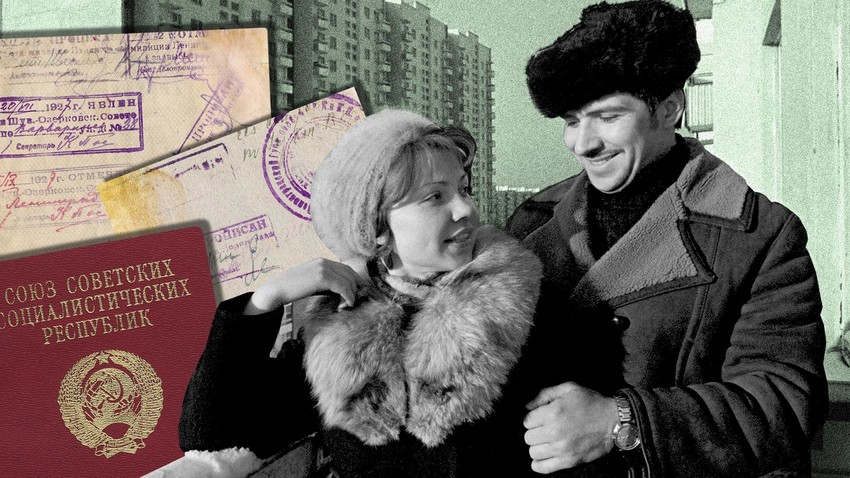
“In Soviet times, a person without a propiska was considered a bum – with all the ensuing consequences,” Sergey Mironov, a Russian politician, told ‘Kommersant’ newspaper. ”When I was 17, I was registered in the Leningrad suburb of Pushkin, with my mother, father, and sister. Having decided to start an adult life and go to Siberia for geological expeditions, I told my mother that I wanted to sign myself out of the apartment. And she, being wise, replied: ‘When you get settled there, then I will sign you out’. Three weeks later, hungry and without money, I returned, and I’m still grateful that she didn't let me do it.”
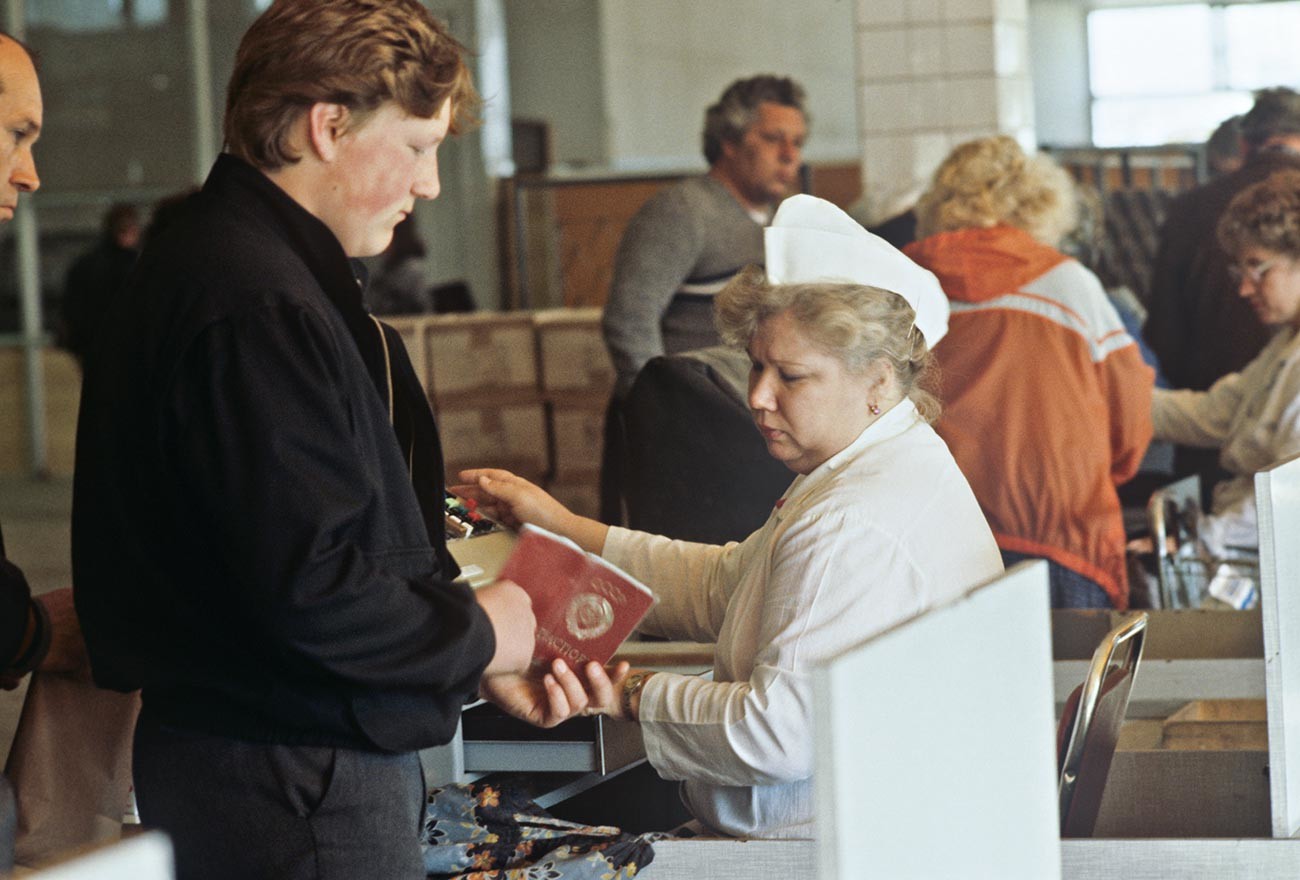
During the 1980s shortages in Moscow, food was sold only to people with Moscow registration stamp in their passports.
Sergey Titov/SputnikIn the Soviet times, one couldn’t get a residence without a propiska – a permanent residence permit that was stamped in one’s passport. Currently in the Russian Federation, there are no residence permits as such – only resident registration (although, it is still frequently referred to as a propiska). It does still look like a stamp in the passport with your current address. When moving from one place of residence to the other, Russian citizens are obliged to register their new residence within three months. Not everyone abides by the rule, however, and it’s a common question in government institutions or even when shopping online: “Is this your propiska address or actual address?”
But in the Soviet times, one had to inform the authorities about one’s relocations in three days, no more. And that was valid even for going to the seaside on holiday. Why was the registration at the place of residence so important for Soviet people?
Did serfdom continue until the 1980s?
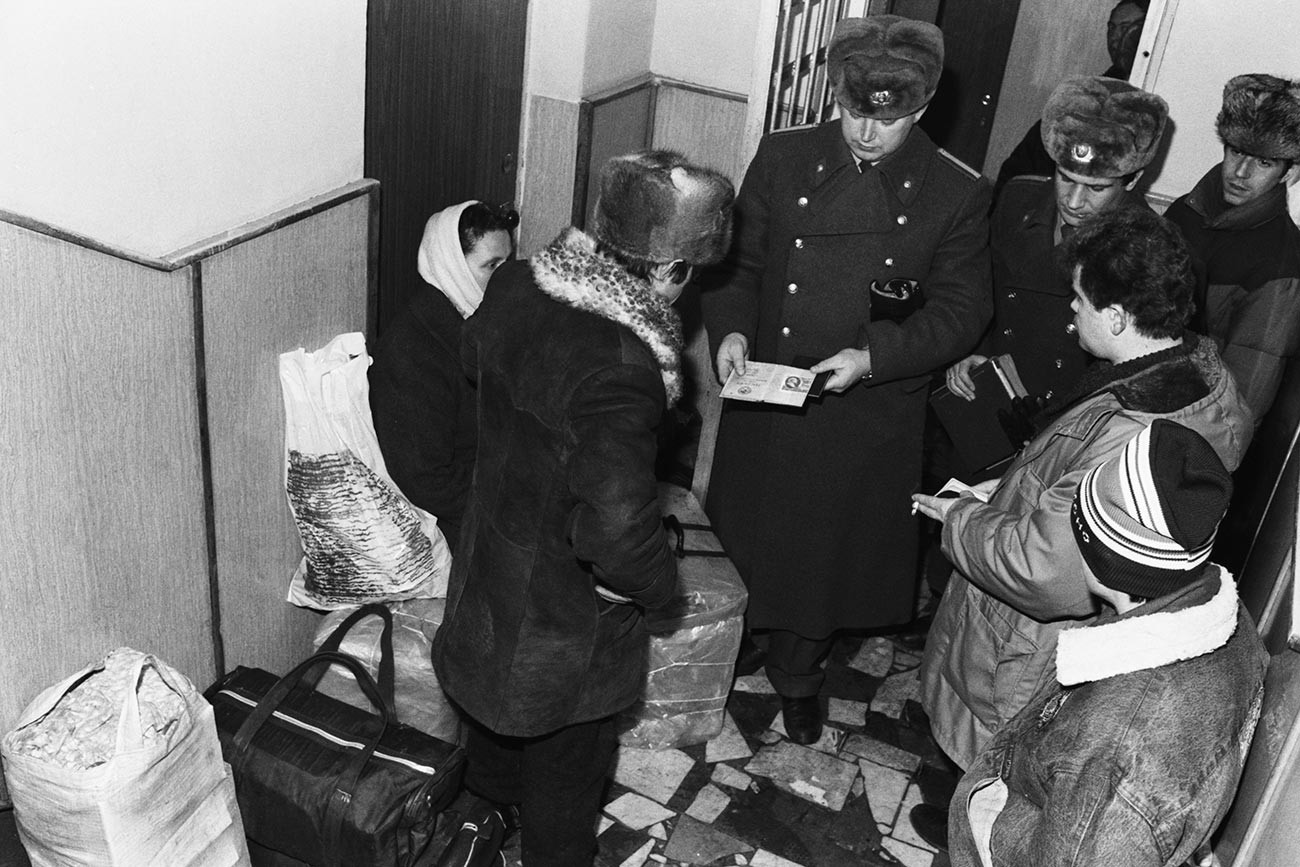
In a Soviet militia precinct, checking the propiska
Valeriy Khristoforov/TASSFrom 1960, living without a propiska in Soviet Union for more than three days was a criminal offense, punished with detention for 1 year, or a 100 ruble fine (equivalent of an experienced engineer’s monthly salary at the time). However, even in 1967, official figures show that 37% of all Soviet citizens didn’t have passports. Why was that? Because according to the Soviet laws of the era, passports were only given to the people living in cities, towns, and urban settlements.
Rural citizens were left without passports in order to “contain the growth of the urban population.” The situation caused multiple hardships for the rural population. They had problems with employment, marriage, enrolling into universities and technical schools, even with receiving and sending letters and parcels through the post! And first of all, they couldn’t travel normally – as we mentioned above, living in the USSR without a propiska was an offense. As a result, most rural citizens just stayed where they were, working in their kolkhozes and not moving – doesn’t it remind you of the way villagers were treated during serfdom?
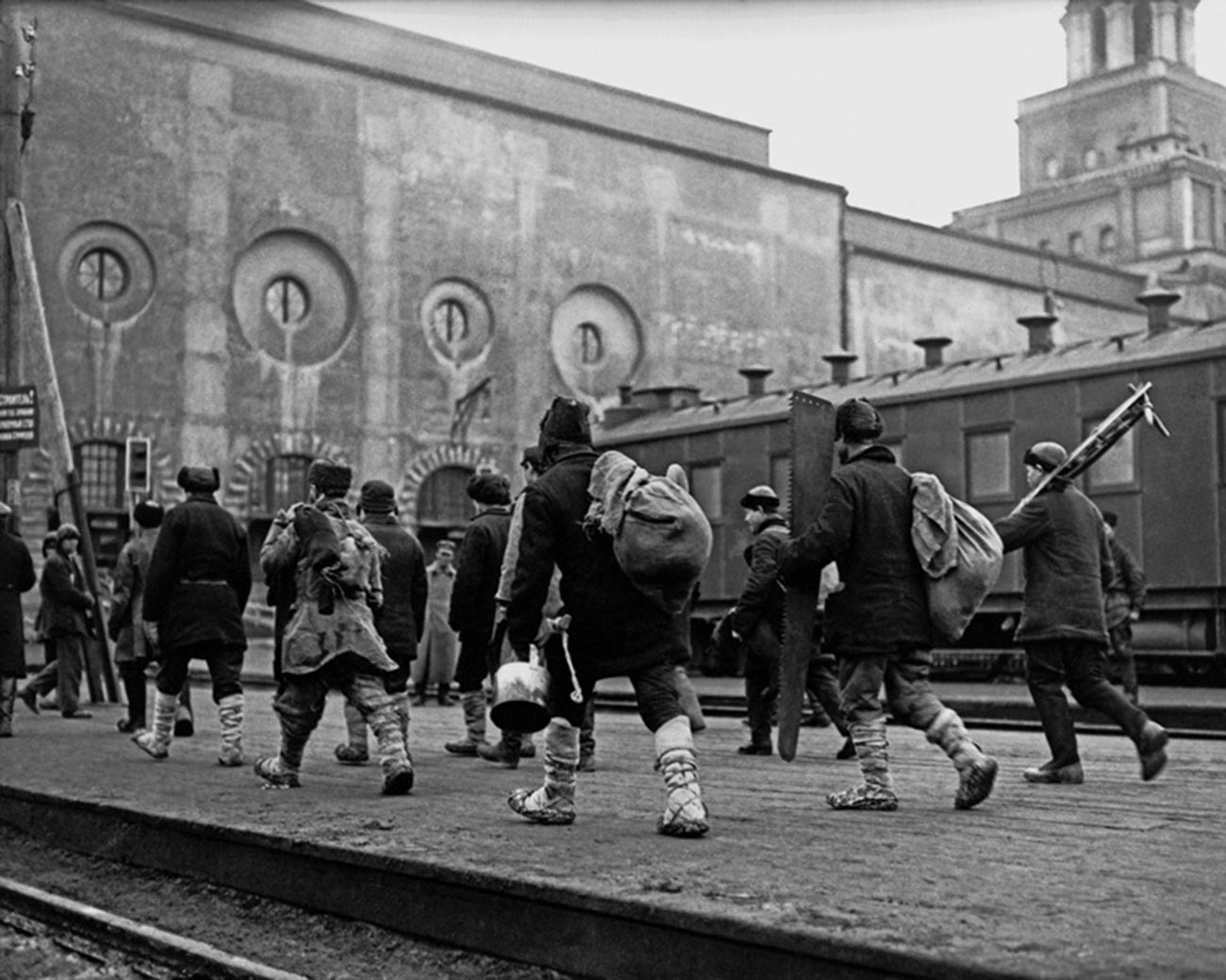
"To Moscow for work." Peasants at the Kazanskiy railway station, Moscow.
Arkady Shaykhet/MAMM/MDF/russiainphoto.ruIn 1974, the Soviet government finally decided to give out passports to all categories of its citizens – this process, however, began in 1976 and was completed only at the beginning of the 1980s. But even with passports, Soviet people were restricted to their certain place of residence. Let’s see how the propiska worked.
Banning passports to introduce them again
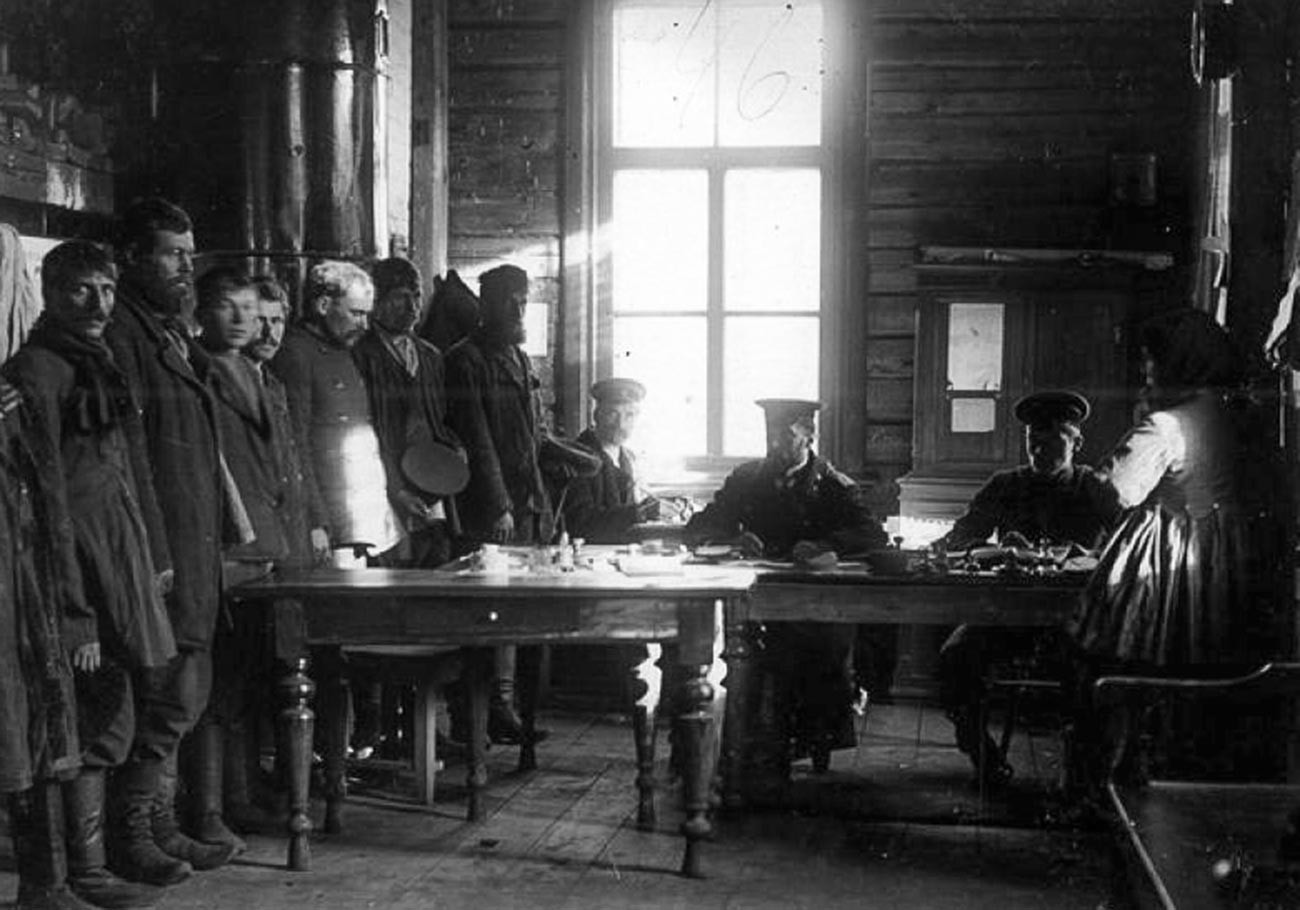
Registration of internal migrants in the Russian Empire
Russian Geographical Society/russiainphoto.ruIn the Russian Empire, passports were introduced in the 18th century. From 1724, documents called passports were given out to peasants that possessed construction skills and were called to St. Petersburg or other cities to take part in building works. Also, peasants who left their place of residence to work in other parts of the country, should have had passports that had their visual description. In 1803, passports for peasants were substituted with “address tickets,” administered by the police. With these documents, the interior ministry controlled the movements of peasants across the country – and oversaw their eventual return to their respective landlords.

A passport document in the Russian Empire
Public domainIn 1903, Lenin wrote: “The Social Democrats demand complete freedom of movement and trade for the people – to destroy the passports… The Russian muzhik is still so enslaved by officials that he cannot freely move to the city, nor can he freely go to new lands. Isn't this serfdom? Isn't this an oppression of the people?”
Naturally, immediately after the Bolsheviks took power, they banned the Tsarist passport system – but introduced the ‘employment record books’ – to control the population and seek out those who didn’t work. In 1925, the notion of propiska was first introduced into Soviet reality: the IDs the Soviet citizens had were stamped with their permanent place of residence. In 1932, the passport system was fully re-introduced, with propiska being an important feature that allowed a citizen to access government services, including medical help, at their place of residence. As we mentioned before, almost all Soviet peasants had no passports back in the 1930s. Up until the 1980s, the villagers had to ask for a special permit to leave their village and go study or work in the city.
Divorce for the sake of a flat
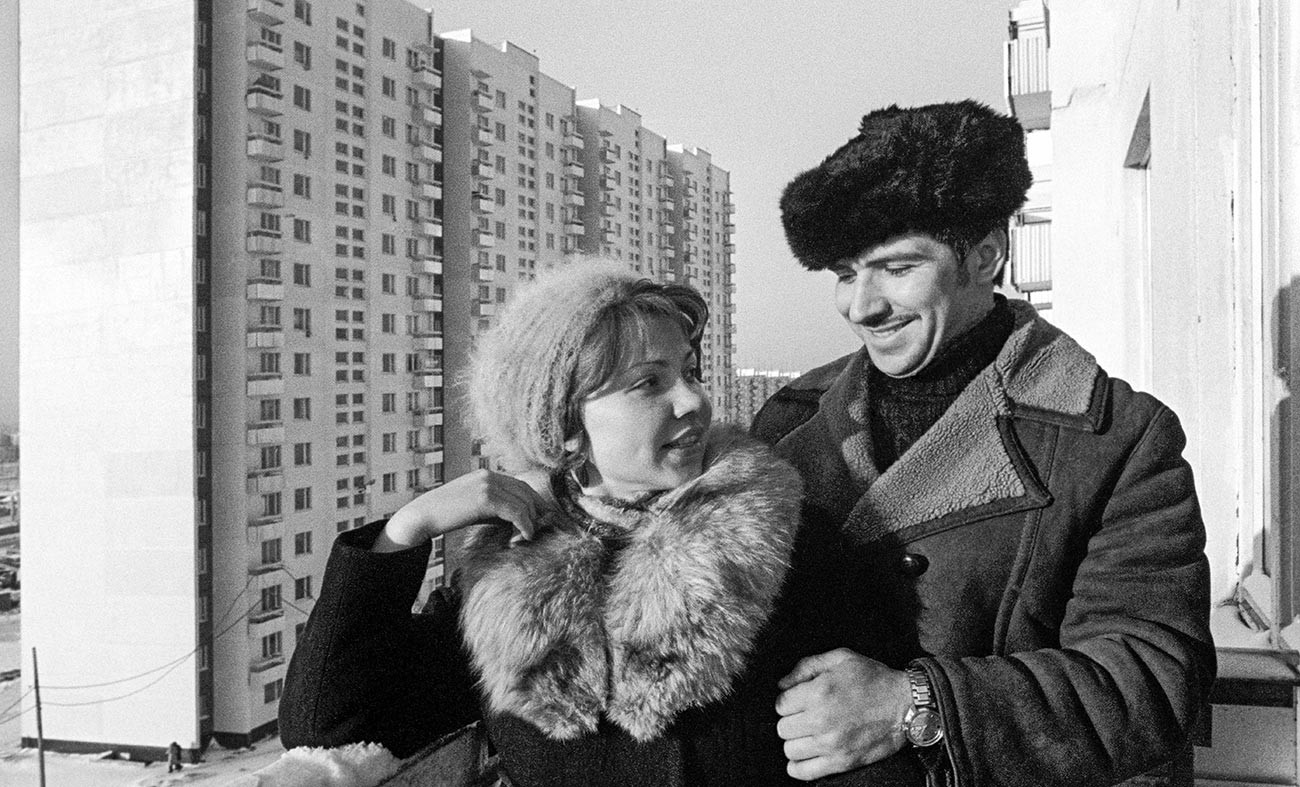
A housewarming party in Moscow's Orekhovo-Borisovo district
Yuri Abramochkin/SputnikAs there was formally no private property in the USSR, apartments where citizens lived actually belonged to the state that ‘distributed’ them among the population – that’s what propiska is all about, the authorities argued – to control population density and sanitary norms. In reality, propiska was the only document (a stamp in the passport) that validated one’s living in an apartment. Lose your propiska – you lose the roof over your head.
Alla Dovlatova, a Russian actress, tells ‘Kommersant’ such a story: “After marriage, my mother went to live with my father, having registered in his room in a communal apartment. Two years later, my mother’s parents were able to move into their own apartment, and tried to leave their communal room to my mother, but got a refusal from the authorities: "The daughter had already been signed out to live with her husband! The state will acquire the room." So to avoid it, my parents had to divorce, after which my mother registered in the communal apartment’s room. And six months later, they got married again.”
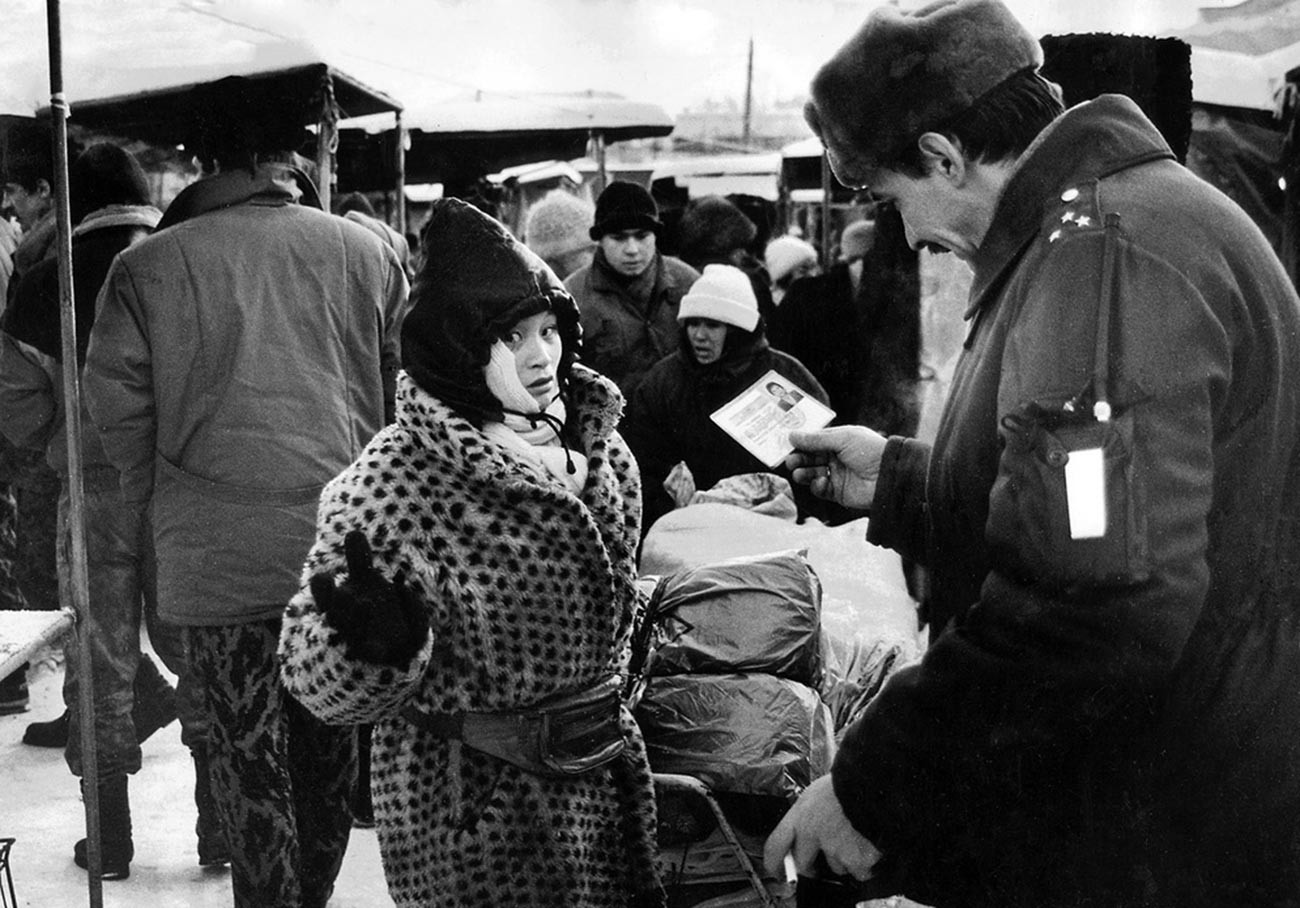
Checking passports at a market
Boris Kaulin/Southern Urals State Historical Museum/russiainphoto.ruObviously, the propiska in big cities was harder to get – especially in Moscow. Many people went to great lengths to obtain it, and there obviously were ‘marriages of convenience’ that often led to major inconveniences when such marriages eventually broke up. But even in ‘decent’ marriages a man or woman from cities like St. Petersburg or Moscow registered their out of town spouses in their apartments, and ultimately they had no problems remaining in Moscow – even when marriages ended in divorce.
In 1990, the Committee for Constitutional Supervision of the USSR admitted that, “the law on propiska, which oblige citizens to obtain permission to reside in locations on the territory of the USSR, restricts the right of citizens to freedom of movement and the freedom of choosing their place of residence. These restrictions [...] must be removed from legislation.” Still, for the most part of the 1990s and 2000s, the propiska was still a major issue. In Moscow and St. Petersburg, there were even half-legal marriage agencies that could find a fictitious Moscow-born husband or wife with a Moscow propiska, to register customers in the capital. Currently, living without registration can only result in an administrative fine (2-3,000 rubles – $30-40) – and more, the process of registration has become much easier than in Soviet times.
If using any of Russia Beyond's content, partly or in full, always provide an active hyperlink to the original material.
Subscribe
to our newsletter!
Get the week's best stories straight to your inbox